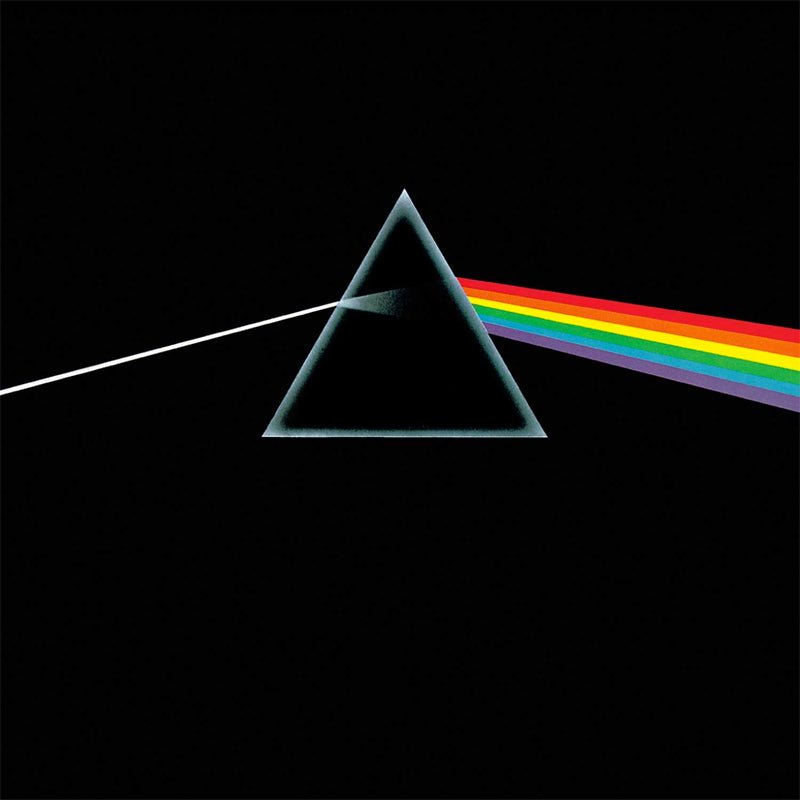My son recently asked what the first album of his burgeoning record collection should be. I thought about influence, albums that stood out on the charts, and the importance of maintaining a modicum of cool. Never Mind the Bollocks? Abbey Road? OK Computer? How about something newer...Hip Hop maybe? Who was I kidding...he knows Hip Hop better than me. After careful consideration I recommended The Dark Side of the Moon and let the chips fall where they may.
Pink Floyd's magnum opus, 'The Dark Side of the Moon,' stands as a testament to the band's creative genius and mastery of sonic craftsmanship. Released in 1973, this iconic album pushed the boundaries of sound production and forever changed the landscape of music. In this blog, we embark on a journey to unveil the sonic magic behind the creation of 'The Dark Side of the Moon' and delve into the innovative recording techniques that have made it an enduring masterpiece.
Conceptualizing an Auditory Journey
Before diving into the recording process, it's important to understand the conceptual framework that shaped 'The Dark Side of the Moon.' The album delves into themes of time, mortality, mental health, and human nature. The band aimed to create a sonic experience that would immerse listeners in a thought-provoking journey. This vision laid the foundation for the meticulous recording techniques employed.
The Pursuit of Sonic Excellence
To capture the essence of their vision, Pink Floyd teamed up with renowned audio engineer Alan Parsons and embarked on a quest for sonic excellence. Parsons meticulously crafted a sonic landscape where every instrument, vocal, and sound effect would occupy its unique space, creating a three-dimensional sonic experience.
Studio Innovations and Experimental Techniques
In their pursuit of innovation, Pink Floyd and Parsons embraced unconventional recording methods. The Abbey Road Studios became a playground for sonic experimentation. Techniques like tape looping, multi-tracking, and analog synthesizers were employed to create ethereal textures and atmospheric soundscapes that would define the album.
The Prismatic Tapestry of Sound
One of the defining characteristics of 'The Dark Side of the Moon' is its intricate layering of sounds. The band's attention to detail and the seamless integration of different elements made the album a sonic marvel. From the heartbeat that opens 'Speak to Me' to the iconic cash register sounds in 'Money,' each sonic element was meticulously chosen and placed, enhancing the album's narrative and emotional impact.
Exploring the Studio as an Instrument
Parsons and Pink Floyd used the studio itself as an instrument, exploiting its acoustics and technological capabilities to their fullest extent. They experimented with spatial effects, reverberation, and quadraphonic mixing, immersing the listener in a sonic panorama that transcended conventional stereo recordings.
Iconic Studio Gear and Techniques
The band employed a range of studio gear and techniques to achieve their sonic vision. The use of the EMS VCS3 analog synthesizer, tape echo effects, Leslie speakers, and dynamic range compression contributed to the album's unique sound signature. The careful manipulation of instrument placement and microphone selection added to the album's sonic depth and texture.
Enduring Legacy
Decades after its release, 'The Dark Side of the Moon' continues to captivate listeners with its timeless sonic qualities. Its innovative recording techniques and commitment to sonic excellence set new standards for music production. The album's success not only lies in its exceptional songwriting but also in its ability to transport listeners into a world of sonic exploration.
Pink Floyd's 'The Dark Side of the Moon' remains a benchmark in the world of audio production. Its pioneering recording techniques, conceptual brilliance, and commitment to sonic excellence have made it a timeless masterpiece.
By pushing the boundaries of music production, Pink Floyd created an album that not only resonated with audiences but also inspired generations of musicians and sound engineers to strive for sonic innovation. 'The Dark Side of the Moon' stands as a testament to the power of music to transport and transcend, showcasing the enduring magic that lies within the realm of high-fidelity audio.




Share:
The Art of Acoustic Perfection